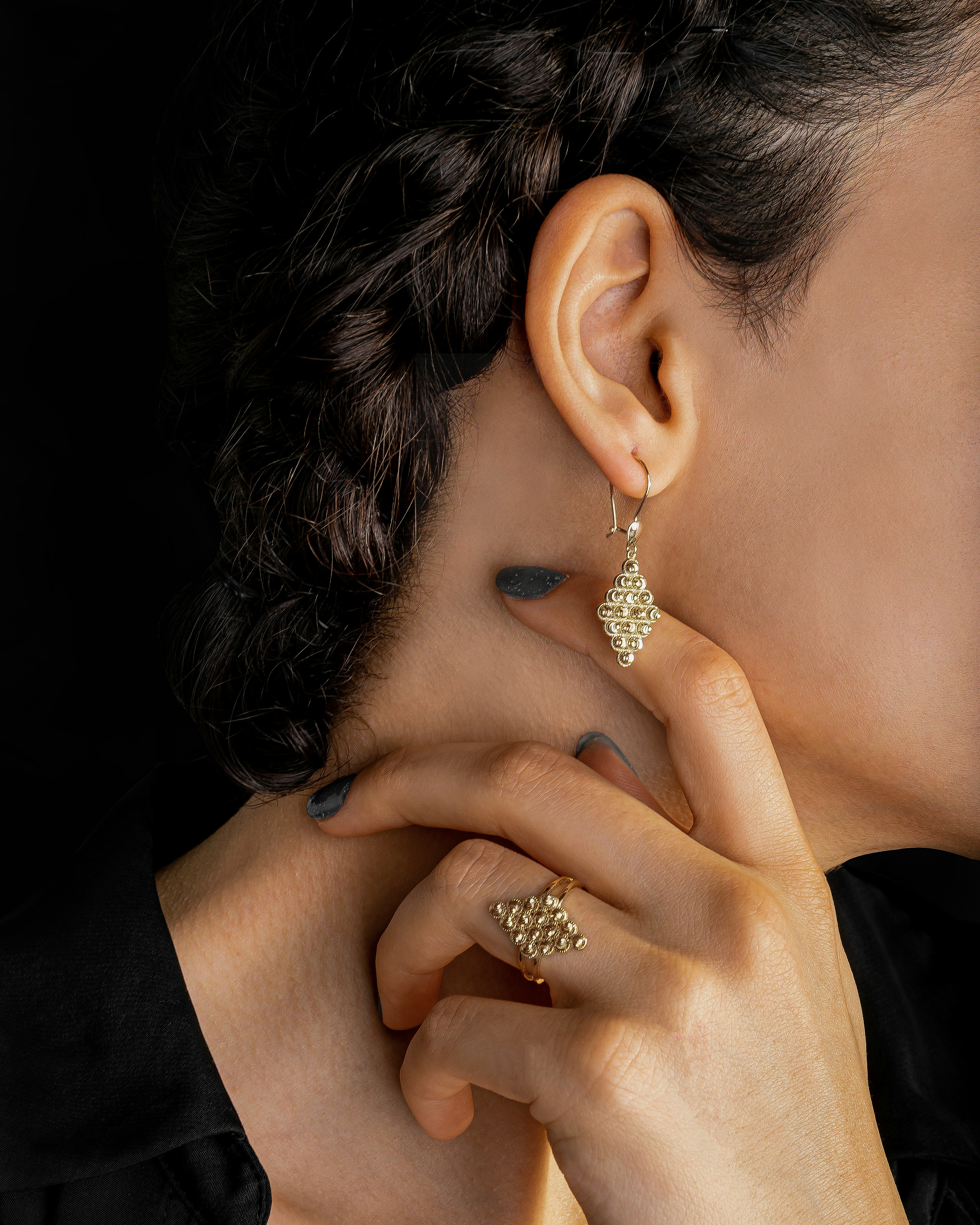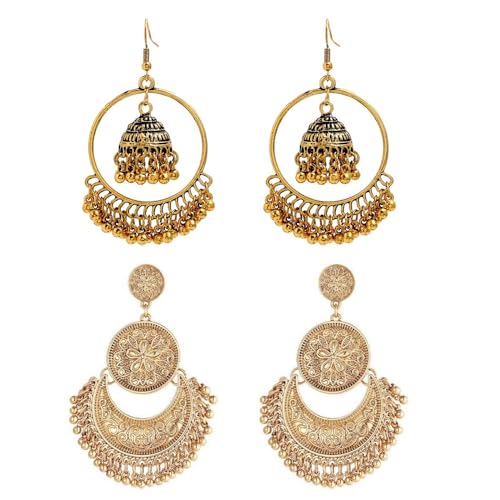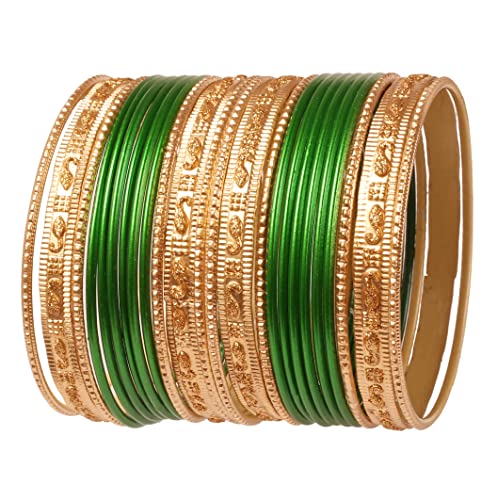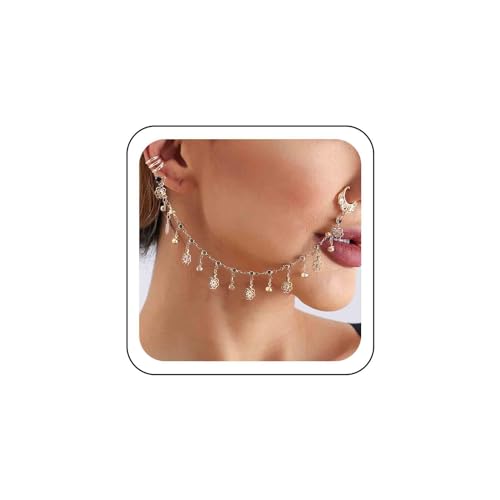Historical Significance of Jewelry in India
The history of jewelry in India is deeply intertwined with the nation’s cultural heritage, reflecting a myriad of traditions and values over several millennia. The origins of jewelry can be traced back to the Indus Valley Civilization (circa 2500-1500 BCE), where archaeologists have unearthed intricate ornaments made from a variety of materials, including beads of semi-precious stones, shells, and metals. These early pieces are evidence that jewelry was not merely decorative; it held significant cultural and spiritual importance, often utilized in rituals and ceremonies.
As Indian society evolved through the ages, the importance of jewelry expanded, particularly during the Maurya (322-185 BCE) and Gupta (c. 240-550 CE) Empires. During these periods, jewelry became a symbol of wealth and status, often crafted with exquisite craftsmanship that showcased the artisans’ skills. Gold and silver emerged as preferred materials, complemented by the incorporation of precious stones like diamonds and emeralds, which were believed to possess protective and auspicious properties. The concept of jewelry as an emblem of power and prestige continued to prosper, illustrating the socio-economic disparities within society.
The Mughal era (1526-1857 CE) marked a significant juncture in the evolution of Indian jewelry. A blend of Persian influences and traditional Indian styles flourished, resulting in unique designs that celebrated intricate artistry. Mughal jewelry often featured embellished designs with elaborate motifs, reflecting their royal heritage and the blend of cultures that characterized this period. Furthermore, jewelry began to serve as more than an adornment; it became part of a woman’s dowry and played an essential role in marriage customs, thus establishing its significance in personal and societal identity.
In conclusion, the historical development of jewelry in India reveals its multifaceted nature as a marker of cultural identity, social hierarchy, and artistic expression, making it an integral component of Indian heritage.
Traditional Indian Jewelry Styles and Their Symbolism
India’s rich cultural tapestry is beautifully reflected in its traditional jewelry styles, each unique to its regional influences and historical context. Among the quintessential pieces are the mangalsutra, nath (nose ring), and bangles, which carry deep symbolic meanings and are integral to various societal customs. The mangalsutra, often worn by married women, symbolizes marital bliss and is typically made of gold and black beads. This piece serves not only as an ornament but also as a protective talisman, embodying the sanctity of marriage in Indian culture.
Another iconic ornament is the nath, a nose ring that holds immense cultural significance, particularly in regions such as Rajasthan and Gujarat. Traditionally, the nath is crafted from gold and adorned with gemstones, representing beauty, femininity, and marital status. In many parts of India, this piece is worn during weddings and religious ceremonies, further emphasizing its importance in cultural rituals.
Bangles, especially in the context of South Indian culture, are more than just adornments. Made from metals like gold, silver, or glass, they are associated with prosperity and fertility. In Bengali culture, the red and white bangles, called shakha and pola, are significant during weddings, symbolizing the transition of a woman into marital life. Each region possesses its own distinct style and craftsmanship, from the intricate designs of Rajasthani jewelry to the silk thread bangles of South India, reflecting diverse artistic traditions.
Jewelry in India transcends mere adornment; it is a powerful representation of cultural identity and social norms. Through various traditional styles, one can explore the rich symbolism embedded within these ornaments, showcasing the interplay between beauty and cultural expression in the Indian ethos.

The Art of Piercings in Indian Culture
The practice of body piercings in Indian culture is steeped in tradition and rich symbolism, reflecting a deep-seated history that spans centuries. Ear piercings, for instance, are among the most widespread practices, with a significant role in various Hindu rituals. Traditionally, ear piercings are performed during infancy for girls, often accompanied by elaborate ceremonies known as “Karnavedha.” This event is not merely a physical alteration; it symbolizes a rite of passage, marking the transition into womanhood and acceptance into society.
Nose piercing, which is particularly prevalent in various regions of India, also carries profound cultural weight. The act of piercing the nostrils is often associated with aesthetic beauty, as well as the belief in enhancing fertility and health, both of which are symbolically significant in Indian traditions. A nose ring, known as “nath,” is frequently worn by brides on their wedding day, underscoring its importance in marital symbolism and societal expectations. This piercing has become not just an adornment but a declaration of femininity and marital status.
Similarly, belly button piercings, while less common, are resurging in modern contexts, showcasing the fusion of traditional jewelry with contemporary styles. They are often tied to beliefs of protection and prosperity, encapsulating the essence of life itself. This symbolizes the nurturing qualities traditionally attributed to women in Indian culture. With such diverse piercing practices, each with its unique significance, body piercings serve as a medium through which Indian women express beauty, social identity, and cultural values.
The rituals surrounding these piercings are pivotal, serving as a conduit for family bonding and cultural transmission. Despite modernization, the underlying meanings associated with these practices remain robust, tying the contemporary individual back to their heritage. In conclusion, the art of piercings in Indian culture reflects a confluence of aesthetics, necessity, and cultural identity that continues to evolve while honoring its historic roots.
Modern Trends and Influence in Indian Jewelry and Piercings
The landscape of jewelry and piercings in Indian culture has evolved significantly over the years, greatly influenced by contemporary trends, globalization, and the advent of digital platforms. This evolution has resulted in a unique fusion of traditional and modern styles that reflect the dynamic nature of Indian society today. One notable trend is the increasing popularity of artisanal and eco-friendly jewelry. Consumers are now more conscious of the environmental impact of their purchases, leading to a rise in sustainable practices among jewelers. This shift aligns with a broader global movement towards sustainable fashion, marking a departure from traditional jewelry-making methods that were often resource-intensive.
In addition, the influence of Western fashion trends has permeated the realm of Indian piercings and jewelry. Fashion-forward individuals are blending Western aesthetics with traditional designs, creating hybrid pieces that appeal to a more globalized audience. This melding of styles is particularly evident in urban areas, where traditional jewelry pieces are often reinterpreted with modern materials and techniques. For example, the classic nath (nose ring) is now being adorned with contemporary gemstones and minimalistic designs, appealing to younger generations who seek modern flair while honoring cultural significance.




